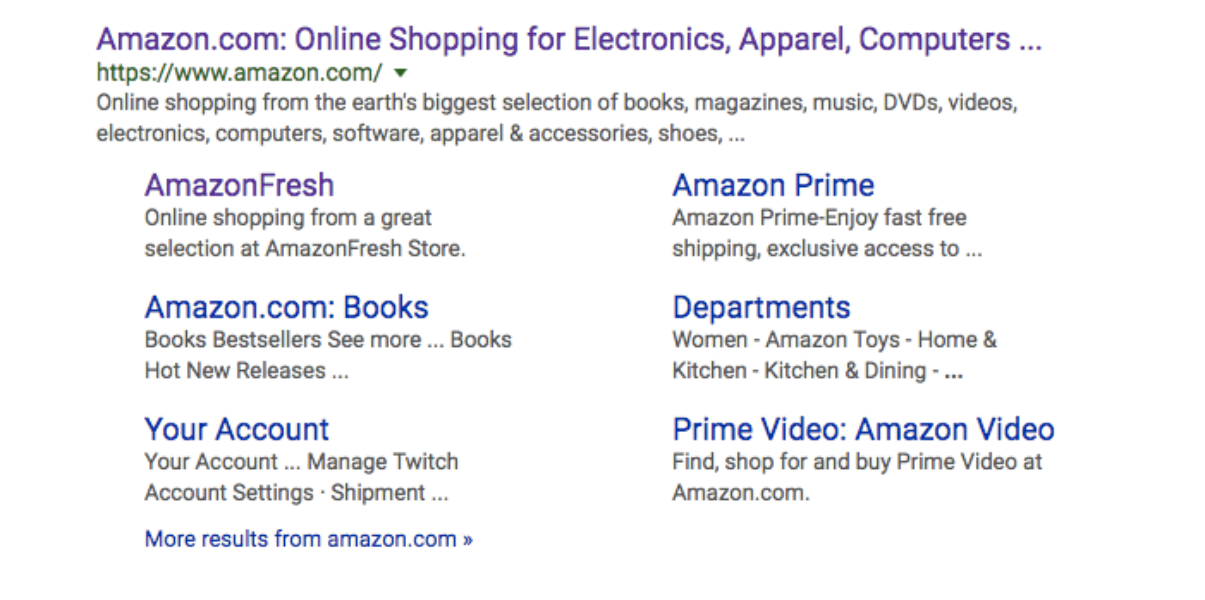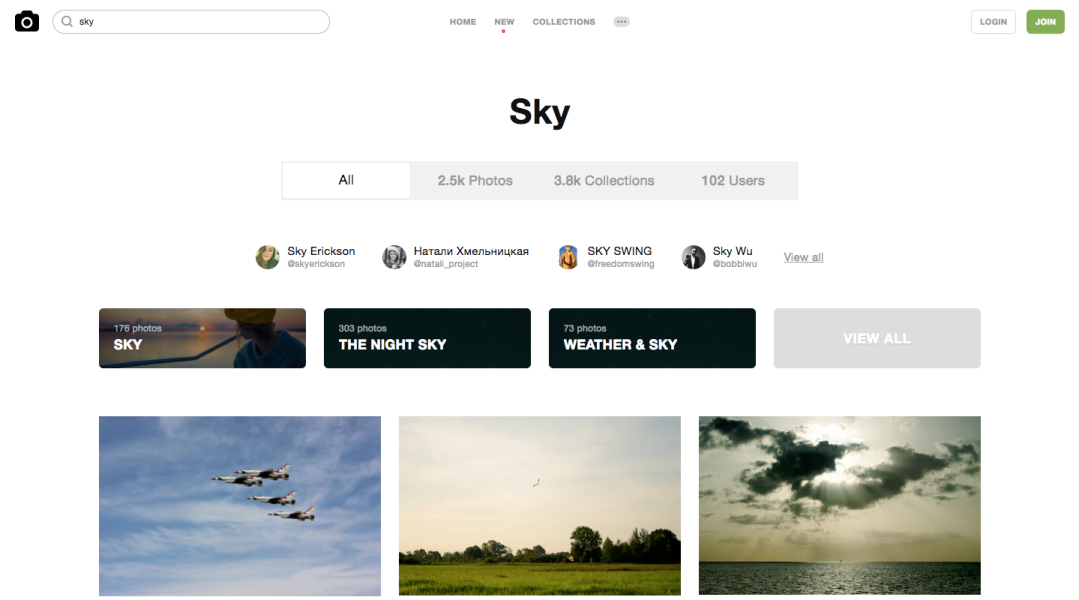Big data and cloud-based software have definitely helped level the playing field for businesses of all sizes. Yet, despite easy access to data and improved large-scale management capabilities, small businesses still have to approach some parts of their business differently. Like SEO.
It’s important to note that just because the approaches to SEO are different, this doesn’t mean that small- and large-sized businesses can’t compete in search rankings together. The goal is the same for both: reach that first search engine results page (SERP) and increase your profit while doing so. The difference solely lies in how they reach that destination.
If you’ve spent any time working in administration, management, marketing, or sales for a larger company, then you understand that the mentality there is a totally different beast, in general. Whereas when you’re running your own startup or managing the marketing for a smaller organization, the bootstrap mentality is acceptable if not entirely encourages, which means you can be much more flexible, agile, and creative in your business’s marketing solutions.
So, what I’d like to do today is discuss the differences in these two approaches to SEO and define some of those key differentiators that lead to small business success in search.
In Search of SEO Success
Now, before I start comparing what most people would consider traditional SEO tactics (the ones employed by larger companies) and more concentrated efforts that small businesses should use, I want to quickly touch on the SEO strategies every business has in common. Without a firm understanding of the entire SEO picture, you won’t be able to accomplish much with the more targeted efforts I’m going to discuss shortly.
Basic rules for good SEO
Research and preparation:
Any foray into marketing requires thorough research and brand definition before beginning. Know your voice, your unique selling proposition, and develop consistent messaging around your brand.
Keyword optimization:
When you think of SEO, keywords are probably the first thing that come to mind. But when it comes to actually optimizing content with those keywords, this means selecting a focus keyword and including it in all the key areas of your content: metadata, header tags, URL slug, and image alt tags.
Site map indexing:
Metadata won’t be able to read your site’s content nor rank it without a site map to index or a schema markup to review.
User experience:
There are a number of factors that contribute to a positive user experience on your website (all of which the search engines look favorably upon). These include fast-loading pages, high-quality design, clean coding, no broken links, no duplicate content, and regular site updates.
Security:
This is a no-brainer. As the web becomes a more dangerous place, the search engines expect website owners to do everything they can to protect their customers as they readily offer up their payment or personal identifier information.
Images:
With attention spans shrinking more each year, any opportunity you have to cut down on text and increase the amount of high-resolution and relevant imagery will be more than welcomed by your audience.
Linking opportunities:
While link-building scams are strictly barred from search, gaining links on high-authority websites is still a very important part of SEO.
Mobile friendliness:
Websites can no longer consider mobile friendliness optional. In fact, a mobile “friendly” website is no longer acceptable. It needs to be responsive.
Social media:
With each passing year, the search engines give more clout to a business’s presence on social media. Give it some love and you’ll find your search presence improve.
As you can see, what matters most to search engines is that 1) you play by their rules, 2) you provide a high-quality on-site experience for visitors, and 3) you make an ongoing effort to provide relevant and valuable information on your website. The small business differentiators below will tackle all these points, too, the main difference typically being in the target audience’s needs (since small business customers don’t really resemble those of the enterprise).
Key Differences Between Small Business and Large Enterprise SEO
When it comes to small business website search optimization, there’s really no secret as to what makes it work. It’s simply a matter of understanding your specific audience’s needs and how those needs translate to online searches. Then it’s your job to optimize your site and general web presence to meet your audience halfway: on the search engine results page.
Keywording

Now, for enterprises that have large websites, keywording takes quite a bit more work for them. Keywords need to be specific enough to what each page, product, service, or article is about, but they also need to be weighed carefully against the competition.
For small businesses, keywording is a whole different story. While something generic like “Online Shopping for Electronics, Apparel, Computers, etc.” would work for someone like Amazon, that’s not going to work for a small business. That’s why long-tail keywords are more effective. If you think about the way you type out your own online searches with more natural and longer phrases like “kids clothes in Sacramento”, that’s how you’d approach creating a long-tail keyword for your business’s site.
Small business websites should also consider including other company’s names in their content. For a more popular website, this could have a negative effect, but typically not so for a small business who could benefit from the association. So say you created a sales software similar to Salesforce, but your business is brand new. You could probably mention how similar your solution is to Salesforce and benefit by association (at least until your site becomes an equal rival of Salesforce).
Personas
Every website needs to have a target persona (audience). It’s this definition of who you’re selling to that will shape how you approach all your marketing efforts. That being said, for enterprises, the research aspect of this takes much longer because they most likely have multiple target personas. For small businesses, though, this process is probably much more straightforward and easy to define, especially if your audience is local.
Geography

Unless your business is 100% online, geography should play a role in your SEO efforts. Why? Because as a small business, you’re most likely (at least not right away) trying to reach a global audience. So why give yourself such an open-ended set of search optimizations that do nothing to help you drill down and get granular in your efforts?
For large enterprises who target a global or multi-national audience, SEO is going to be more difficult—and expensive. For small businesses, however, the trick is to focus on using local-specific keywording. If you’re located in a specific city or sell to a certain region, those words definitely need to be in your site’s keyword list.
Content
Content is the lifeblood of your site’s ability to rank in search. Without well-crafted content, there’s going to be no reason for search engines to send traffic your way.
But when you create content for a small business website, it’s important to remember that you don’t have the same amount of resources as enterprises do to create it. Rather than burn yourself out trying to produce a blog post every day, a white paper every two weeks, and a press release every month, go with a pace and an amount of content that works best for you.
Also, focus on your strengths. Do you enjoy creating video content? Do you have an administrative assistant who likes to design infographics? Or do you really just enjoy crafting well-thought-out and lengthy articles every week? Don’t force the content. Just go with what makes sense for your business.
Design

Obviously, no one wants to show up on a website that looks like it’s straight out of the early ‘00s or one that has broken links and is littered with misspellings. As visitors run into websites like these and bounce off of them right away, search engines are bound to take notice and penalize those sites in the search rankings.
So, what do you do as a small business owner with limited resources as well as web development skills? Enterprises can afford to hire in-house designers and coders to take care of this for them.
If you want a site that can compete with that, then you’ll need to “outsource” that work to various tools. Content management systems like WordPress are particularly great for this as they offer free or relatively cheap themes (design templates) that take care of the web design piece for you. And if you want your site to really shine but have no idea how to create popups or code forms, you can use plugins or extensions to do the work that other companies pay developers to do.
Images

Images play an important part in the experience of users on a website. Part of it is because they help to break up large chunks of text into more easily digestible bits and part of it is because they just look so darn nice. Large companies can hire photographers and videographers to create unique and original visual content for their site, which does put them at a slight advantage.
However, everyone these days has a high-resolution camera on their phone and can do the same on their own—it’s just a matter of knowing what to photograph and when. Even if you’re not comfortable wielding your camera for the purposes of creating visual content for your site, there are other options available. You can turn to high-quality stock photography sites like Unsplash that offer free photos that look just as good as the original stuff the big guys are putting out.
Summary
Since three-quarters of people will never take the time to scroll past the first SERP, SEO is an aspect of marketing that simply cannot be ignored. For small businesses that take the time to understand their audience’s unique set of needs and expectations, they’ll fare better than the competition in the game of search.
 About the Author
About the Author
Nathan Oulman loves to contribute about his marketing knowledge around the web. Some say he even has a magical pen. When he is not writing he operates the Dailyhosting blog.

